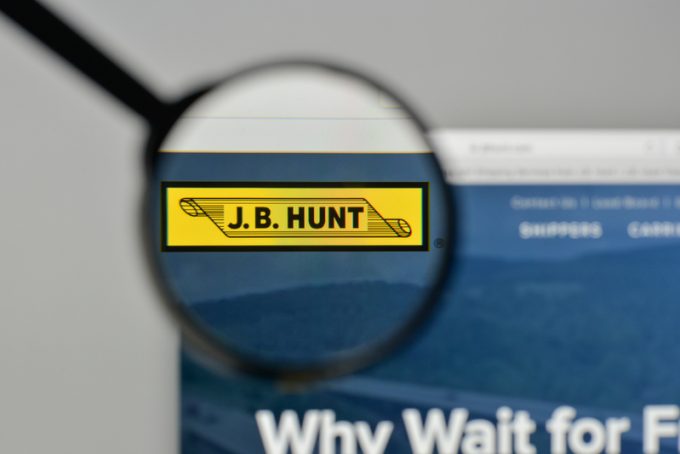Loadstar leader: copper tariffs will put the cart before the horse...
“There seem to be an awful lot of carts, unhelpfully positioned in front of an ...

JB Hunt enjoyed a boost to revenues in its second quarter owing to increased truck capacity – but saw profits fall as intermodal volumes declined 8% and integrated capacity solutions volumes fell 7%.
Total operating revenue for the second quarter rose 6% to $2.26bn, year-on-year. The growth was driven ...
CMA CGM South Korean staff strike over bonuses after bumper 2024 profit
MSC switches two more Asia-Europe port calls from congested Antwerp
Ports and supply chain operators weigh in on funding for CPB
Nightmare for Bangladeshi exporters as congestion and tariffs bite
Carriers introduce surcharges as congestion builds at African ports
Box ship overcapacity threat from carrier appetite for new tonnage
CMA airline returns two freighters, while ANA takeover of NCA looms
Tradelanes: Export boom in Indian sub-continent triggers rise in airfreight rates

Comment on this article